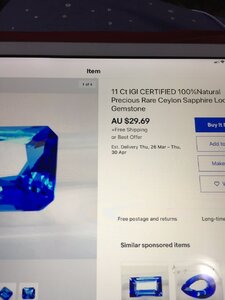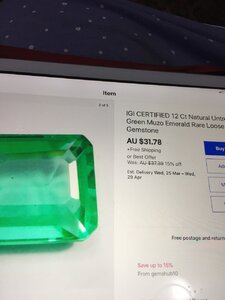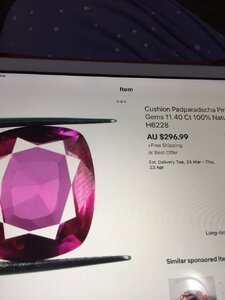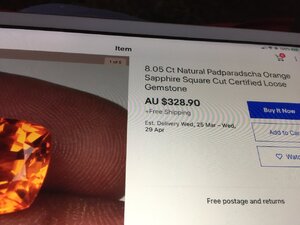- Joined
- Sep 17, 2008
- Messages
- 9,428
There are stones I won't buy without a report. @PrecisionGem is right that it does add to the cost. But for peace of mind, I will do it. The biggies are Sapphires, Rubies, and copper bearing tourmaline. (I will not buy copper bearing tourmaline anymore without a report of some type)
The rest I do home testing for baseline, then get a gem brief if I think its warranted for my own curiosity.
The rest I do home testing for baseline, then get a gem brief if I think its warranted for my own curiosity.







300x240.png)